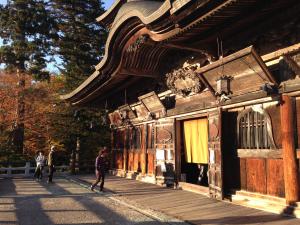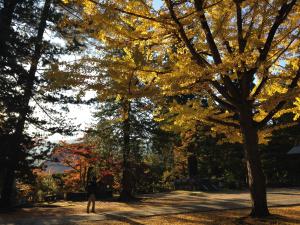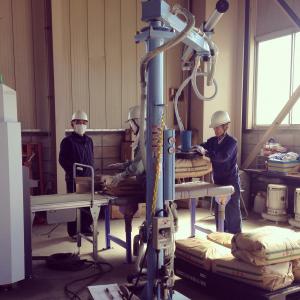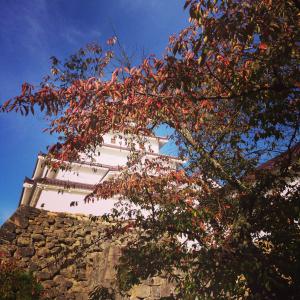The October study tour explored the Aizu area and how the 2011 disaster impacted Fukushima’s tourism and economy. This study tour was beneficial in showing the impact of the disaster and how Fukushima’s people overcome their difficulties through their own resilience. The tour provided the opportunity to know Fukushima more intimately and stay with a farming family, as well. Our tour began in Inawashiro to see how rice is checked for safety. Many of my friends and family outside of Japan ask about food safety. After this experience, I can confidently say that Fukushima is diligent about ensuring the safety of its products. I was also amazed to see how many bags of rice the warehouse stores, which shows how efficient the system is. We then ate a delicious soba lunch, at which Mt. Bandai served as the backdrop. We spent the afternoon at a nuclear power plant and followed that with a trip to Enzoji Temple. Enzoji Temple was my favorite part of the day, as we arrived as the sun was setting. The guide explained that Buddhist temple provides happiness that reaches as far as the sky; but it is not enough to simply ask for happiness, as one must put in the effort to help achieve it. Afterwards, we met the families that hosted us for a farming experience. This evening was one of the most fun that I have had in Japan so far. I was able to meet other Fukushima JETs and we enjoyed dinner, tea, and conversation with our host. The next morning, we shelled beans and learned how to make onigiri. The second day, we visited the organization that produces Aizu cotton, which was my favorite business venture. This organization uses Aizu cotton to make goods such as scarves, towels, and coasters. The employees are inhabitants who were displaced because of the disaster, as this job gives them a new purpose. Previously, I did not know about Aizu cotton, and I purchased items to send back to the United States. I hope this is a story that can spread further outside of Fukushima and ultimately Japan. It is an excellent example of how the people of Fukushima are resilient and work together to overcome their difficulties. Tsuruga Castle in Aizu-wakamatsu was the last stop and we learned about how the disaster strongly impacted the number of visitors to the area, which is a popular tourist attraction. The Aizu study tour helped me understand Fukushima and how determined its inhabitants are to rebuild the area’s reputation. I will be certain to spread this information not only to my U.S. friends, but also to others I meet in Japan. |
| Summary |











